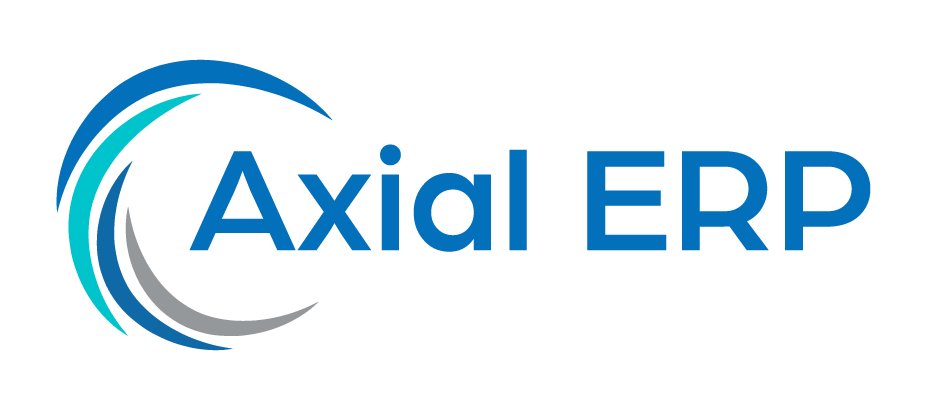The Transformation of Public Transportation Management through ERP Systems
Enterprise Resource Planning (ERP) systems have been at the forefront of the digital transformation of various industries. In the public transportation sector, these systems are playing a fundamental role in redefining management and operations, enabling greater efficiency, safety, and user satisfaction.
Introduction to ERP Systems
ERP systems are software platforms designed to integrate and automate the core business processes of an organization. These systems collect data from different departments, such as finance, human resources, production, and logistics, to provide a unified and real-time view of the operational status of the company.
Impact of ERP on Public Transportation
In the context of public transportation, ERP systems enable comprehensive management that covers everything from route and schedule planning, fleet maintenance, to human resources management and user interaction. The ability to integrate and analyze data in real-time helps transportation entities make more informed decisions and react quickly to unforeseen events.
Optimization of Routes and Schedules
One of the most critical aspects of public transportation management is route and schedule planning. ERP systems use advanced algorithms and data analysis to optimize these elements, reducing wait times and improving service coverage.
Predictive Fleet Maintenance
Vehicle maintenance is essential to ensure safety and service availability. ERP systems, through data analysis and artificial intelligence, can predict when a vehicle needs maintenance before a failure occurs, shifting from a reactive approach to a proactive one.
Human Resources Management
Managing personnel in public transportation is complex due to rotating shifts and the need for constant coverage. ERPs facilitate staff allocation, tracking of hours worked, and payroll administration, contributing to greater operational efficiency and job satisfaction.
User Interaction
User experience is a determining factor in the perception of transportation services. ERP systems enable better communication with users through digital platforms, providing real-time information about schedules, routes, and possible incidents.
Challenges and Considerations
Despite the benefits, implementing an ERP in public transportation comes with challenges. These include the initial investment, resistance to change from staff, and the need to ensure cybersecurity of sensitive data.
Conclusions
ERP systems are transforming public transportation management, offering tools that enable more efficient, safe, and user-centered operations. As technology advances, their adoption is expected to become widespread, marking a new era in urban transportation management.



